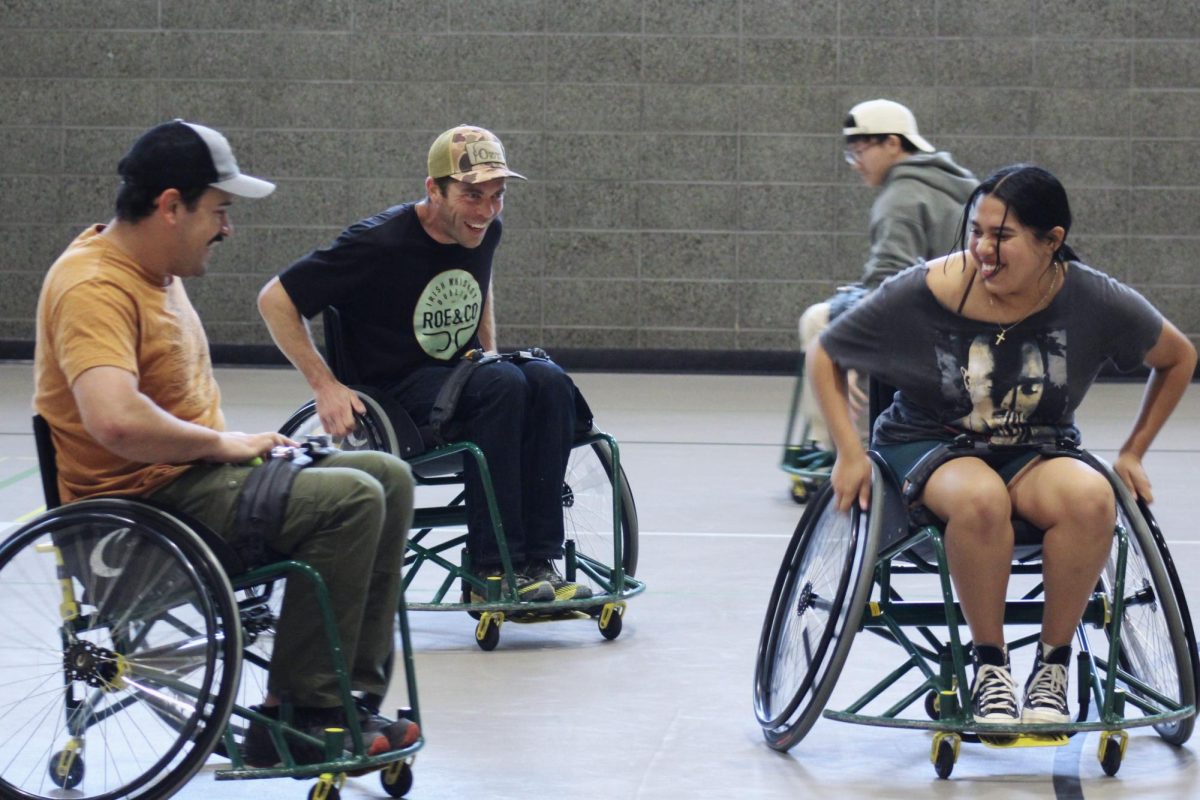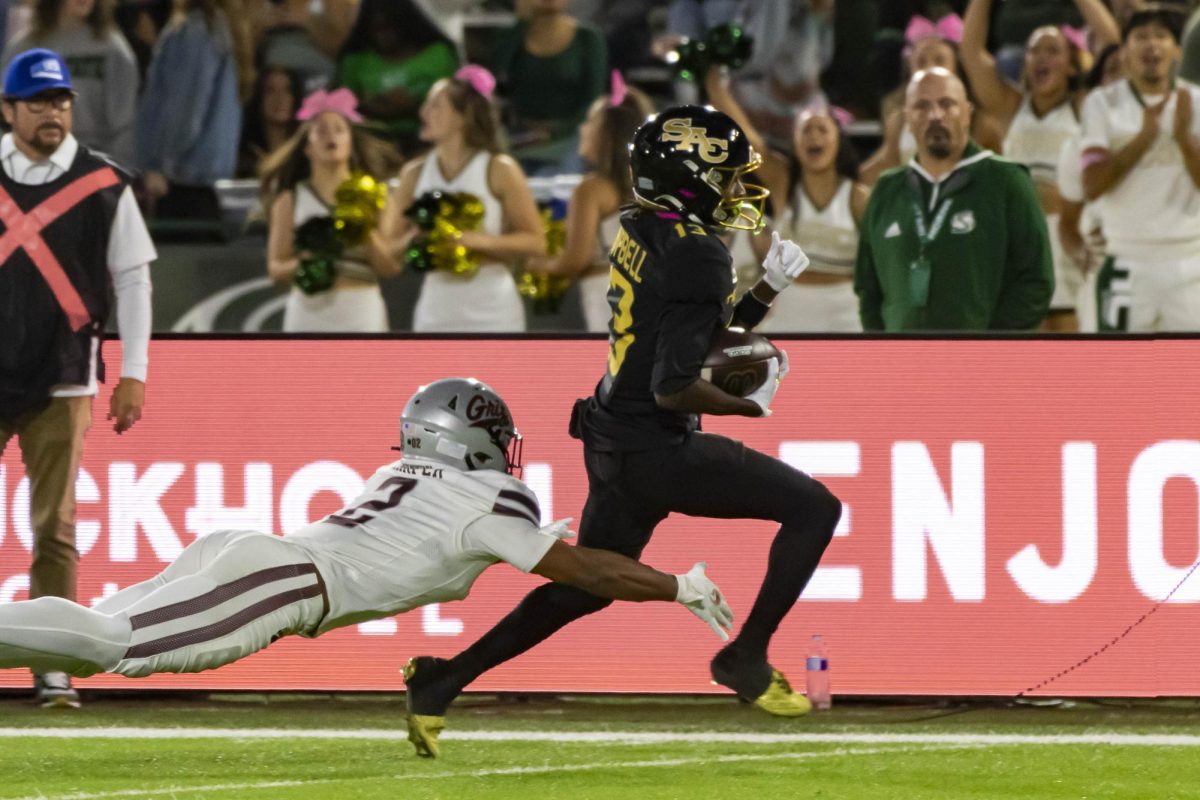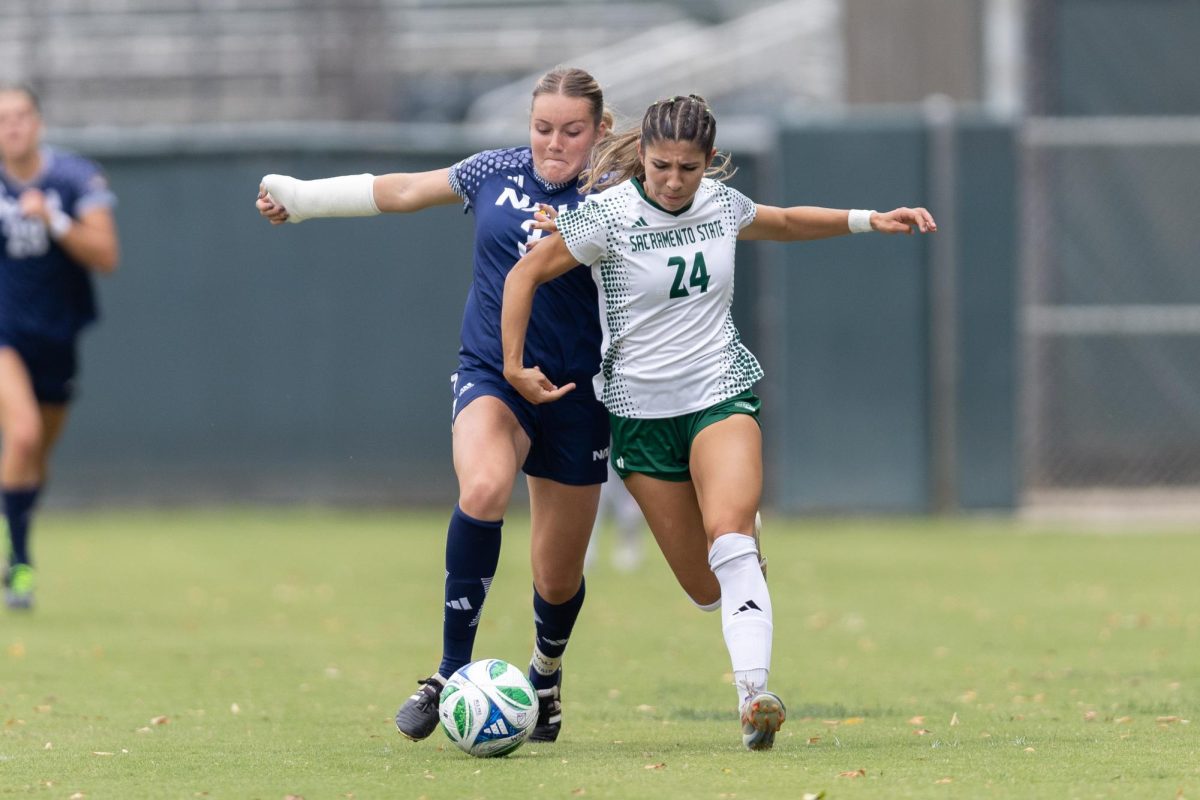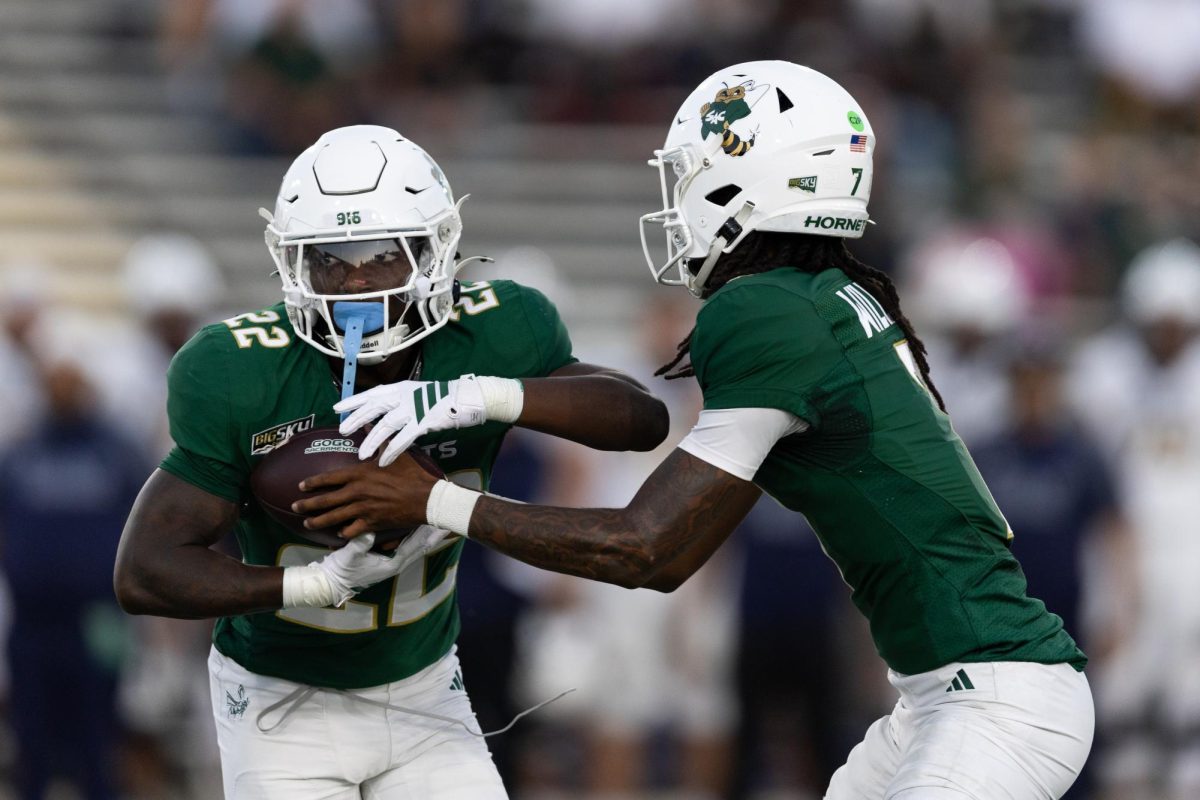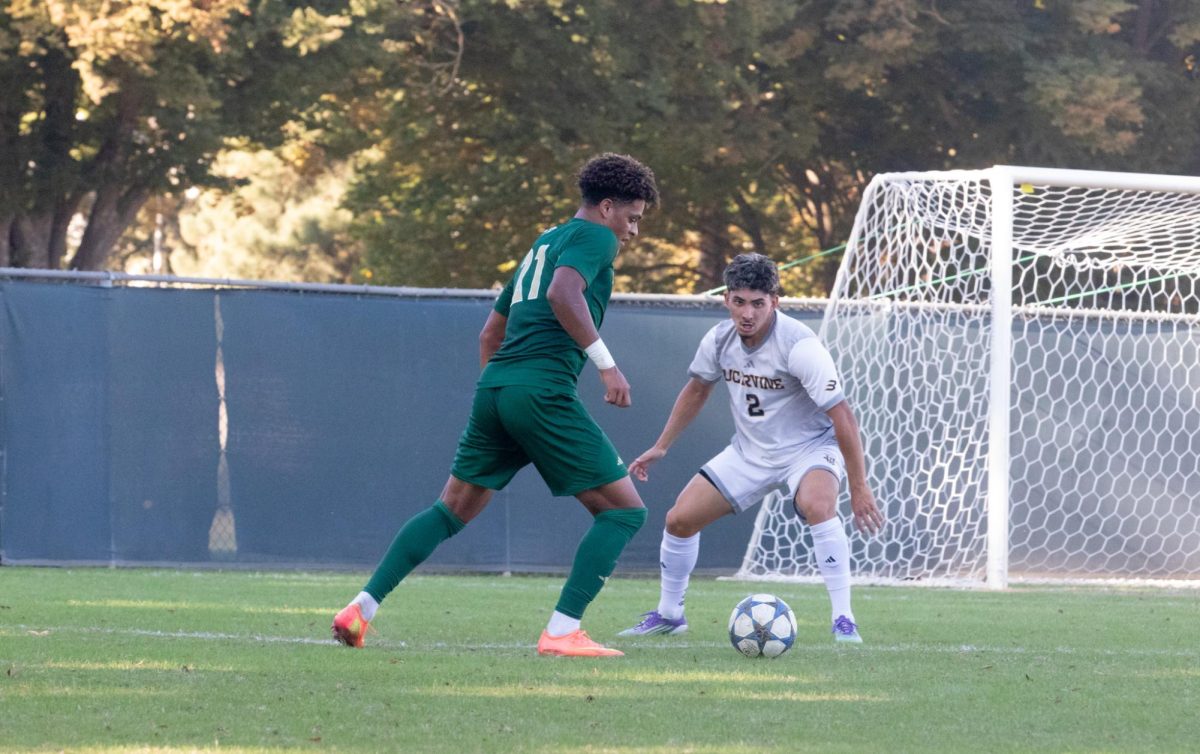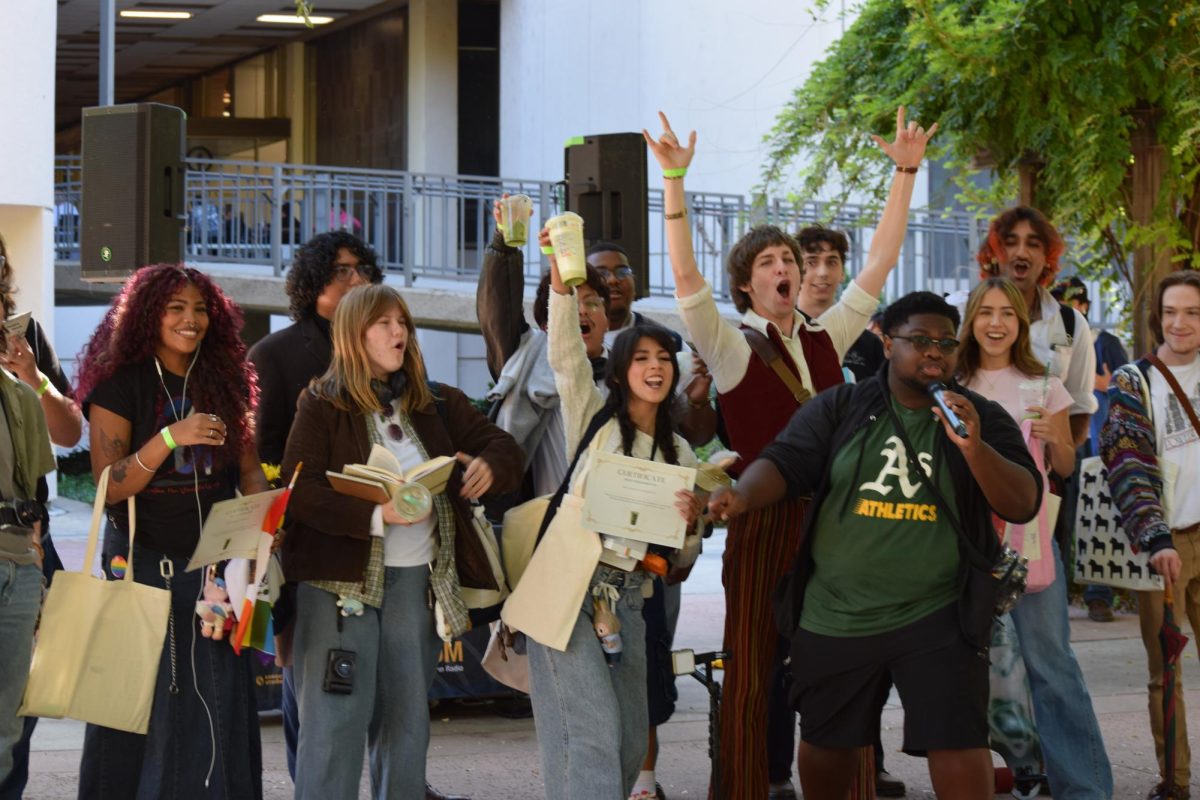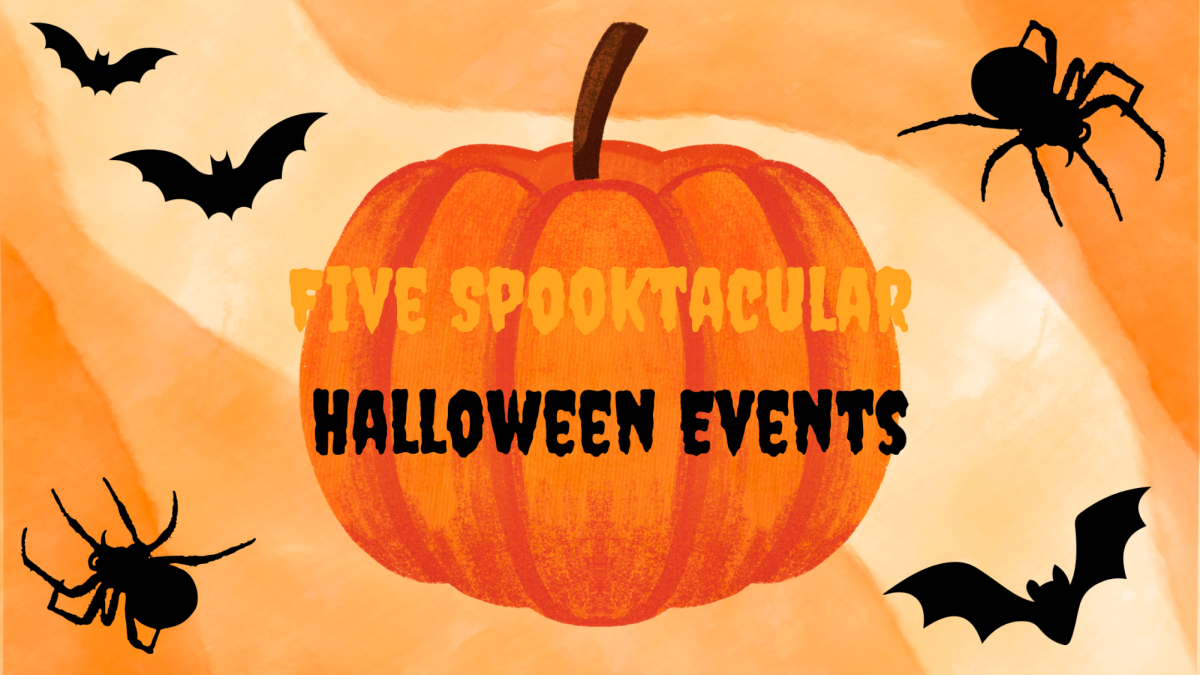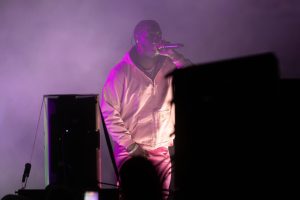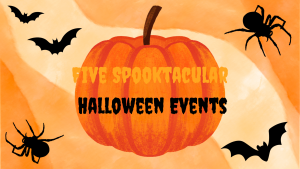Photographer Mark Ruwedel speaks at CSUS
April 11, 2011
The desert is home to cacti and tumbleweeds &- a place no one would expect to find objects to photograph. But to world-renowned landscape photographer Mark Ruwedel, the Mojave desert and other areas of the American West are places full of photo opportunities. Ruwedel’s photographs are showcased in galleries around the world, from Paris to Canada. Fortunately for Sacramento State students, he was on campus Thursday to discuss his works and his new book, “Westward the Course of Empire.” When photographing in the desert, Ruwedel said he focused on abandoned houses and the evidence of people once inhabiting the area. “Every house has a very mysterious and weird feeling, being all alone out there in the desert,” Ruwedel said. “I am just mesmerized by the desolateness.” Ruwedel said he operates from a distance, like a detective. “Not all the houses are deserted. I sometimes come across people when I’m out in the desert,” Ruwedel said. “I’m not interested in them, but the evidence they leave behind.” Besides houses, Ruwedel also finds lost or deserted artifacts across the landscape. “There are a lot of stilettos left behind in the desert,” Ruwedel said. “Definitely a shoe that’s appropriate for the terrain.” Even though photography is his passion, Ruwedel did not start in the field. Instead, he attended school for painting and took his first photography class as a required course for his major at the time. “I was an adult before I became interested in photography &- it didn’t start at an early age,” Ruwedel said. “I just really enjoyed observing the life around me, and I began living in the dark room.” Doug Dertinger, one of three photography professors who asked Ruwedel to lecture at Sac State, said he enjoyed how Ruwedel displayed his photographs in black and white. “When you use black and white, it breaks down the complexity of the world so that you can see forms better,” Dertinger said. “The light just looks different in black and white.” Besides the photographs themselves, Dertinger said having an artist come to campus is a special opportunity for students to meet the photographer and learn more about each piece. “An image is quiet, but this gives the artist a chance to come out and talk about his story,” Dertinger said. “Not many people get the chance to meet the artist, let alone hear why he took a specific photo or the meaning behind each one.” Erin Rogers can be reached at [email protected]


